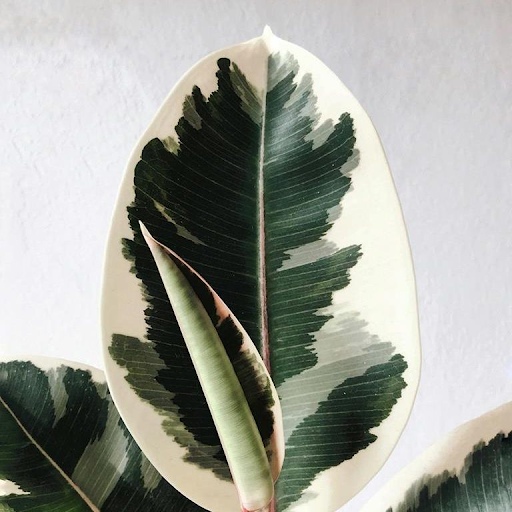Have you ever stopped to think about where the rubber we use for our everyday products comes from? The answer may surprise you – it comes from the sap of the rubber tree! From the tires on our cars to the medical devices that help us stay healthy, rubber tree products have become an integral part of our everyday lives. It has had a huge impact on multiple industries, and it is playing an increasingly important role in the industrialization of many countries. Whether you are an enthusiast or a curious learner, this article will provide an in-depth look into the fascinating potential of the rubber tree. Let’s delve into the key areas where the rubber tree showcases its versatility and significance.
Rubber Tree | A Valuable Asset to Landowners
Rubber trees, often referred to as the “green gold,” possess an immense potential that extends far beyond their latex production. These versatile trees play a significant role in various industries and have substantial economic significance. This incredible tree is not only providing us with countless benefits but is also helping to shape the future of the world. It also finds application in the manufacturing of furniture, flooring, construction materials, and even as a renewable energy source.
Environmental Benefits of Rubber Trees
-
Carbon Sequestration and Forest Conservation
Rubber trees contribute to mitigating climate change by acting as carbon sinks. Through a process known as carbon sequestration, these trees absorb carbon dioxide from the atmosphere and store it in their trunks, branches, and roots. By reducing greenhouse gas emissions, rubber trees play a vital role in combating global warming and maintaining a stable climate.
Furthermore, rubber plantations often serve as an alternative to deforestation. By preserving existing forests, rubber tree plant helps protect biodiversity and maintains the ecological balance of the regions they occupy.
-
Soil Conservation and Erosion Prevention
Rubber trees possess a unique ability to stabilize soil and prevent erosion. Their extensive root systems hold the soil together, reducing the risk of landslides and soil degradation. These trees help maintain soil fertility and prevent nutrient runoff, contributing to sustainable agriculture practices. The rubber tree’s deep-reaching roots also assist in moisture regulation, ensuring the surrounding ecosystem remains healthy and resilient.
Industrial Applications of Rubber
The primary use of rubber trees lies in their production of natural rubber, a critical raw material for numerous industries. The latex harvested from rubber trees undergoes a series of processing steps to create various rubber products. From automotive tires to medical gloves, natural rubber finds its way into countless applications due to its unique properties, such as elasticity, flexibility, and high tensile strength. Let’s explore the different applications:
1. Automotive Industry
The automotive industry heavily relies on rubber for the production of tires, belts, hoses, and various other components. The exceptional elasticity and durability of rubber make it an ideal material for tires, ensuring enhanced safety, grip, and longevity on the roads. Additionally, rubber parts in engines and suspension systems contribute to smoother rides and reduced vibrations.
2. Manufacturing Sector
Rubber finds extensive use in the manufacturing sector, with applications in machinery, equipment, and consumer products. Its cushioning and dampening properties make it a key component of conveyor belts, gaskets, seals, and anti-vibration pads. Furthermore, its ability to withstand chemicals and high temperatures makes it an ideal material for a variety of fields such as building, aerospace, and electronics.
3. Healthcare and Medical Applications
The medical field greatly benefits from the properties of rubber. Latex, derived from rubber trees, serves as the primary material for manufacturing surgical gloves, catheters, syringe stoppers, and numerous other medical devices. The flexibility, elasticity, and hypoallergenic nature of latex make it a preferred choice in healthcare settings, ensuring safety and protection for both patients and healthcare professionals.
4. Fashion and Lifestyle
Rubber has also made its way into the fashion and lifestyle industry. From footwear and clothing accessories to waterproof fabrics, rubber adds functionality and style to a wide range of products. Rubber-soled shoes provide comfort and grip, while raincoats and boots keep us dry during inclement weather. The versatility of rubber opens up endless possibilities for designers and manufacturers to create innovative and sustainable fashion solutions.
Conclusion
The rubber tree, with its multifaceted benefits and applications, proves to be a remarkable natural resource. From environmental advantages like carbon sequestration and soil conservation to the diverse industrial applications of natural rubber and rubber wood, this versatile tree contributes significantly to sustainable development.





